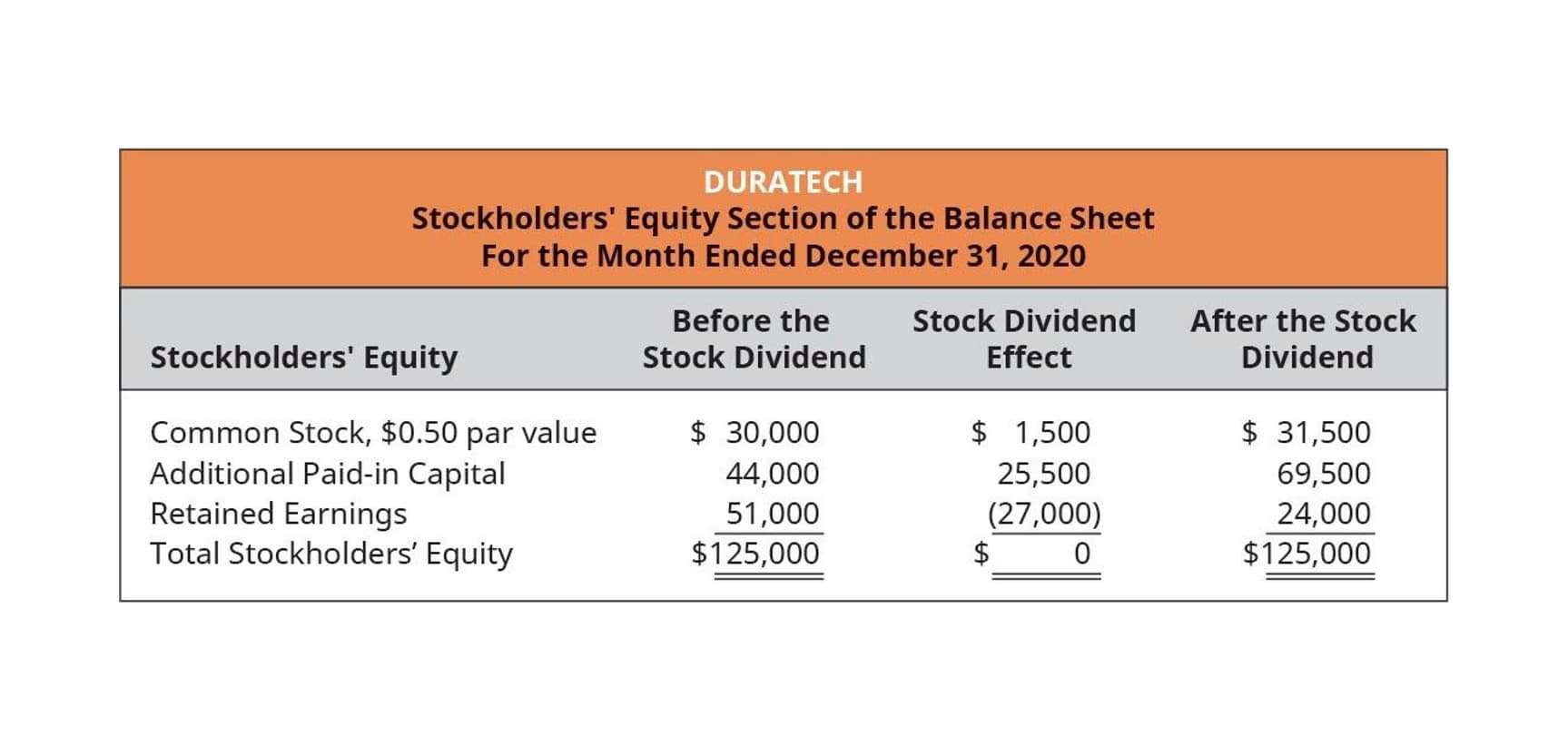
For example, some jurisdictions may allow the amortization of certain intangible assets, although land and indefinite life intangibles remain exempt from depreciation. Generally Accepted Accounting Principles (GAAP) provides a comprehensive set of rules for financial reporting in the United States. Under GAAP, only tangible assets with a limited useful life can be depreciated. Land, for example, is explicitly excluded from depreciation since it does not have a finite lifespan. Unlike buildings or machinery that depreciate over time, land retains its value indefinitely. Due to its enduring nature and appreciation potential, land is considered a non-depreciable asset.
Step 3. Determine the estimated salvage or residual value
For example, a commercial building has a useful life of 39 years, while machinery often has a shorter lifespan and higher depreciation using accelerated methods like the declining balance method. Library books are depreciable assets with the exception of any rare books that are kept as an investment. If an asset has an unlimited useful life, such as a piece of land, it is not considered a depreciable asset in accounting. That’s because such assets can be practically used forever without any apparent reduction in value.
- Depreciation is an essential tool for businesses to reduce the overall value of their assets over time.
- Instead, it is treated as a current asset and expensed through the cost of goods sold (COGS) when sold or used in production.
- To calculate the total depreciable assets each year, consider the initial cost of the asset, the depreciation method being used, and the estimated useful life of that asset.
- The decline in value is because the asset no longer has any use in the current economy.
Further Reading: Discover how to calculate depreciation for your small business assets
Electronics and software can depreciate because they have a finite life and are subject to wear and tear. Vehicles, fixtures, fittings, and buildings can all depreciate because they undergo depreciable assets wear and tear over time. Machinery and equipment can depreciate because their useful life is longer than most other assets. A depreciable asset is an asset that a company knows will gradually lose value over time. In another way, the depreciable property generates income, and you own and use it for more than a year.
Is there a specific type of accounting that specializes in understanding depreciation?
Prepaid expenses cannot be depreciated because they are not considered tangible or fixed assets. Instead, they are capitalized and expensed over time as the benefits are realized, aligning with matching principles in accounting. However, potential gains from selling non-depreciable assets may be subject to capital gains tax. Property investments may lead to significant tax liabilities based on the appreciation in value. Careful planning around these assets is necessary to assess their complete tax impact.

Other methods include accelerated depreciation and double declining balance, which identify more expenses during the early years of an asset’s life than in later years. These approaches can be advantageous for tax purposes, allowing businesses to write off assets faster than under straight-line depreciation. Examples of depreciable assets include electronics, furniture, automobiles, etc. For instance, things like electronics can have a shorter lifespan than expected or depreciate due to wear and tear, like furniture.
Components of land
Moreover, transparent and reliable financial reporting fosters stakeholder confidence and trust, paving the way for long-term success and sustainability in today’s QuickBooks dynamic business environment. Depreciation allows businesses to allocate the cost of a tangible asset over its useful life. This results in annual tax deductions, reducing taxable income and tax liability. Assets like machinery and buildings can typically be depreciated, whereas certain items, such as land and intangible assets, cannot. Proper asset classification is crucial for accurate financial reporting and tax efficiency.

However, depreciation is considered a non-cash expense and will not affect your actual cash balance or cash flow. This is the tax saved from reducing the depreciation expense from the taxable income. The use of this tax shield is most applicable in asset-intensive industries, wherein large amounts of fixed assets may depreciate. Oil, gas, forests, mineral deposits, and other Bookkeeping for Painters natural resources are non-depreciable assets because of their unique characteristics. Rather than depreciation, they are accounted for utilizing the depletion methods that apportion the extraction cost over the estimated reserves.

Intangible Assets and Intellectual Property
- Their value fluctuates according to market conditions, making the depreciation concept inappropriate for these assets.
- Finally, by allocating expenses properly, businesses can make more informed decisions about future investments.
- Revaluation ensures that the balance sheet accurately reflects the true worth of these assets, providing stakeholders with a more realistic view of the organization’s financial position.
- The business assets that can be depreciated come from property, including computers, furniture, vehicles, machinery, or entire buildings.
- Tangible assets possess physical forms and include items like buildings, vehicles, equipment, furniture, and machinery.
It’s a fundamental principle that helps businesses accurately reflect the value of their assets on financial statements and navigate tax obligations. Understanding depreciation is essential for any business owner or financial professional, but equally crucial is comprehending which assets can and cannot be depreciated. Organizations use methods like straight-line or declining balance to allocate the asset’s cost over its estimated useful life. Each year, accumulated depreciation reflects the total amount expensed to that point, which reduces the asset’s book value. Asset valuation and reporting involve understanding the methodologies for accounting for different types of assets, including depreciable and non-depreciable assets.
- It’s crucial because it helps businesses accurately reflect the value of their assets on financial statements and navigate tax obligations.
- If you want to run your business correctly and have a pretty good profit estimate, you must understand the difference between the two and know which assets can be depreciated and which assets can’t.
- For example, if a component requires regular maintenance to maintain its integrity, it could significantly reduce its overall service life expectancy.
- Any collectibles — including that incredible fine art piece that’s hanging in your conference room — cannot be depreciated.
Understanding Which Asset Cannot Be Depreciated
This content is very general in nature and does not constitute legal, tax, accounting, financial or investment advice. You are encouraged to consult with competent Attorney, CPA, EA or CFP based on your specific requirements & personal circumstances. We hope this article has helped clarify depreciation for you and given you a better understanding of the process. Categorizing assets properly allows for better financial forecasting and planning, thereby strengthening the foundation of a strong business strategy.